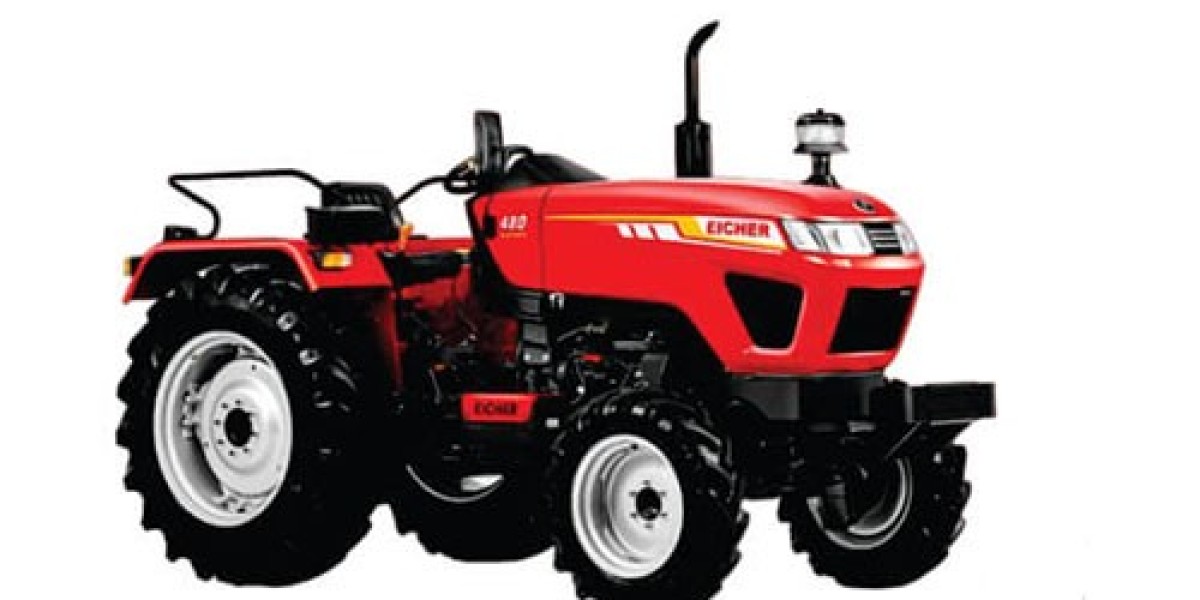Modern Farming: Revolutionizing Agriculture with Tractors
In the vast expanse of agricultural landscapes, the humble tractor stands as a symbol of modernity and efficiency. Since its inception, the tractor has transformed the way farming is done, revolutionizing agricultural practices worldwide. From plowing fields to harvesting crops, tractors have become indispensable machines on farms of all sizes, enhancing productivity and enabling farmers to meet the ever-growing demands of food production.
A Brief History
The tractor's journey began in the late 19th century with steam-powered traction engines, used mainly for plowing and threshing. However, it was the introduction of the gasoline-powered internal combustion engine in the early 20th century that truly propelled the development of modern tractors. With their versatility and power, these early tractors replaced horses and oxen as the primary source of traction on farms.
Revolutionizing Farming Practices
Tractors have revolutionized farming practices in numerous ways. One of the most significant advancements is the mechanization of tasks that were once labor-intensive and time-consuming. Plowing, planting, cultivating, and harvesting can now be done efficiently and with greater precision, thanks to the various attachments and implements that can be fitted to tractors.
The introduction of tractors has also enabled farmers to work larger areas of land in less time, leading to increased crop yields and profitability. With their ability to pull heavy loads and navigate diverse terrains, tractors have made it possible to cultivate land that was previously unsuitable for farming.
Precision Agriculture
In recent years, the integration of technology into tractors has led to the emergence of precision agriculture. GPS guidance systems, variable rate technology, and advanced sensors allow farmers to optimize inputs such as seeds, fertilizers, and pesticides, leading to more efficient use of resources and reduced environmental impact.
Tractors equipped with precision agriculture technologies can precisely control planting depth, spacing, and application rates, resulting in uniform crop emergence and higher yields. Moreover, these systems enable farmers to monitor crop health and identify potential issues early, allowing for timely interventions to maximize productivity.
Challenges and Future Outlook
Despite their numerous benefits, tractors also present challenges, particularly concerning their environmental impact. The combustion of fossil fuels contributes to air pollution and greenhouse gas emissions, prompting calls for more sustainable alternatives such as electric or autonomous tractors powered by renewable energy sources.
Looking ahead, the future of farming by tractor is likely to be shaped by further advancements in technology. Autonomous tractors equipped with artificial intelligence and machine learning algorithms could revolutionize farming by enabling round-the-clock operations and reducing the need for human labor. Additionally, the development of biofuels and alternative power sources could make tractors more environmentally friendly while maintaining their efficiency and productivity.
Conclusion
In conclusion, the tractor has played a pivotal role in modernizing agriculture and increasing food production worldwide. From its humble beginnings to its integration with cutting-edge technology, the tractor continues to be an indispensable tool for farmers, driving innovation and shaping the future of farming practices.








